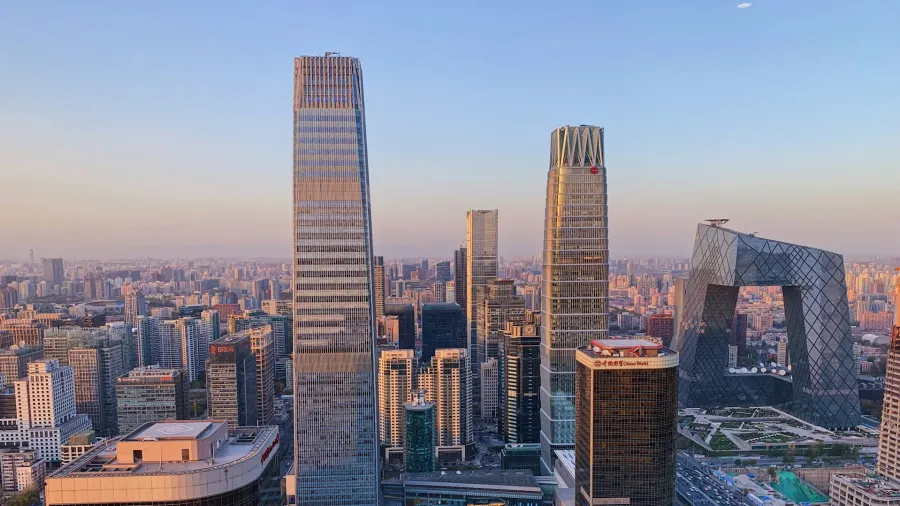
Chinese banks face $341b annual credit losses from tariff strains
Banks’ nonperforming assets are expected to peak at 5.9% in 2026.
Banks in China are about to see nonperforming assets (NPA) rise on tariff-related strains from micro and small enterprises (MSEs) and unsecured consumer credit.
Commercial banks' NPA ratio is expected to peak in 2026, at 5.9%. NPA ratio includes nonperforming loans (NPL), special-mention loans, forborne loans, and other problematic loans overdue by 90 days and classified as normal, S&P Global Ratings said in a report on 3 April 2025.
At worst— in which the tariffs hit harder, and the property sector doesn't hit its bottom— S&P projects that Chinese banks' NPA ratio could almost return to COVID-lockdown levels of 6.5% in 2022.
Weakening asset quality at China's commercial banks will likely push up credit losses, it added, moderated by the sector’s provisioning.
The banking sector’s regulatory NPL provision coverage was 211% in 2024.
“We expect banks with the largest buffers to draw down on such reserves to prevent further erosion of profitability,” S&P said.
The ratings agency forecasts annual credit losses to average RMB2.5t over 2025-2027— or 4% of China’s annual GDP over this period.
Average annual credit losses could increase to RMB2.7t in a downside scenario of the tariffs hitting harder; or down to RMB2.2t if China’s stimulus helps it reach its 5% growth targets.
“China has battled a pandemic, a property downcycle, and a buildup of risky LGFV debt. And it now faces additional strains from more U.S. tariffs on its exports. S&P Global Ratings believes the drag on the economy will hurt the asset quality of banks,” S&P said.
Prior to the reciprocal tariffs announced on 2 April, S&P’s analysts forecasted GDP growth is expected to slow to 4%.
Growth deceleration could push up the commercial banking sector's NPA ratio over 2025-2027, S&P warned.

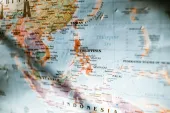
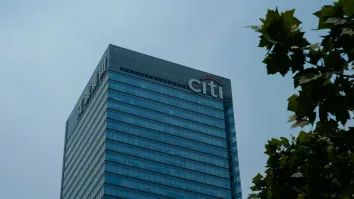
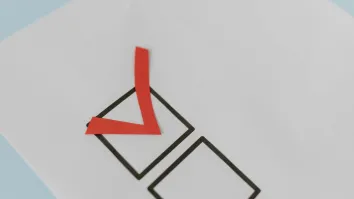




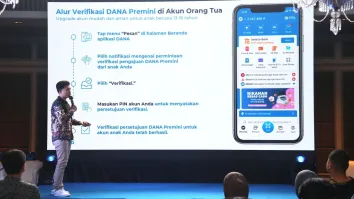

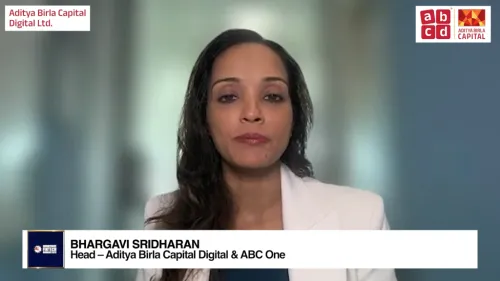




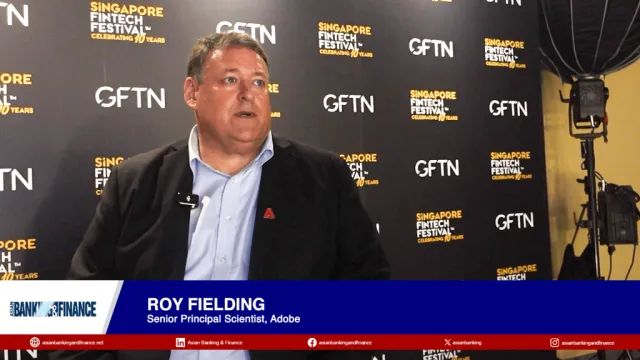



 Advertise
Advertise







